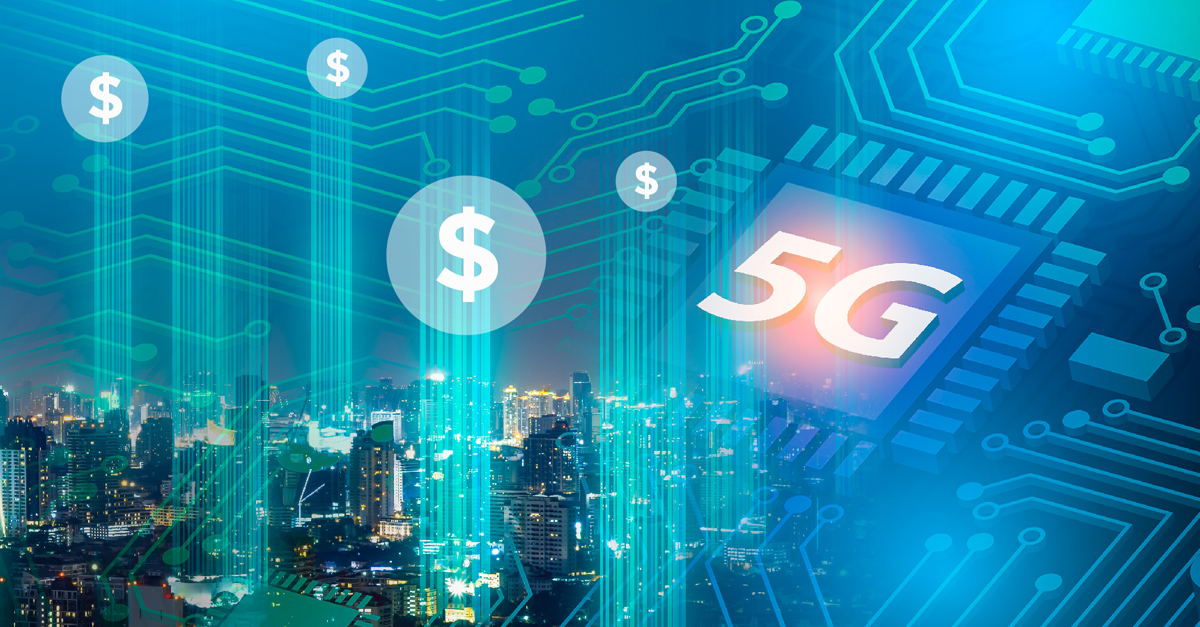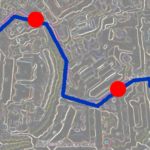We discuss the following topics in this blog:
- Increasing data consumption with each day.
- O-RAN for better network economics.
- Top features of O-RAN
In addition to these topics, we shall also be answering the following FAQs:
- What is WiFi?
- What is an Optical Fibre Cable?
Contents
What’s the Biggest Challenge of Handling Data in Bulks?
To handle the tsunami of data and associated use-cases expected with 5G, service providers need to densify and scale their network by multiple folds. The biggest challenge in doing so is the massive investment and optimized capital allocation. O-RAN with its promise of better network economics is gaining popularity among the service provider community.
Is Acceptance of O-RAN by Leading Service Providers the Solution?
2019 was an ice-breaking year for OpenRAN technology and 2020 started with its widespread acceptance. Worldwide, several operators have been incubating this technology for quite a long time and now some of them have initiated deployment in a phase-wise manner. Taking a lead here, Rakuten is developing the world’s first fully virtualized mobile network with O-RAN technology at its heart.
According to Rakuten CTO Tariq Amin, O-RAN framework is 40% cheaper than traditional telecom models. He further added, opex will be even better in terms of running and managing the network. Adding to the list, O2 UK, Telefonica, VIL and Dish have also revealed plans for deploying O-RAN in a phase-wise manner. These service providers are working very closely with telecom open communities like Telecom Infra Project (TIP), ORAN Alliance etc. for developing the standards for a truly cloud based open and disaggregated network.
What are the Top Features of O-RAN?
a) Open Interfaces: Open standard interfaces allow operators to implement RU-DU-CU (5G) or RU-BBU (4G/LTE) from different vendors to build a best-of-breed multi-vendor network.
b) COTS deployment: Deployment of COTS (commercial off the shelf) brings flexibility to the procurement of network equipment. Emerging of start-ups in this field is generating price pressure over bigger vendors to reduce cost. This opens a larger competitive market for RAN equipment and hence there is an opportunity for operators to buy equipment at the lowest cost.
c) Disaggregation: Decoupling of hardware from software enable operators to buy RAN components individually and hence an opportunity to buy best of breed. This also helps in developing multiple deployment scenarios to cater to dynamic changes in data demand.
d) Zero-touch provisioning: The Zero touch model will improve operations by automating the regular functions. This further reduces the need for human capital and hence can reduce opex to a large extent.
e) Resource pooling: Virtualization helps in the optimization of network resources by enabling resource pooling. This helps in the reduction of inventory costs with the optimization of spare resources.
I believe with its ongoing acceptance, in near future O-RAN will become 1st choice for developing radio networks, 5G and beyond!
FAQs
What is WiFi?
Put simply, WiFi is a technology that uses radio waves to create a wireless network through which devices like mobile phones, computers, printers, etc., connect to the internet. A wireless router is needed to establish a WiFi hotspot that people in its vicinity may use to access internet services. You’re sure to have encountered such a WiFi hotspot in houses, offices, restaurants, etc.
To get a little more technical, WiFi works by enabling a Wireless Local Area Network or WLAN that allows devices connected to it to exchange signals with the internet via a router. The frequencies of these signals are either 2.4 GHz or 5 GHz bandwidths. These frequencies are much higher than those transmitted to or by radios, mobile phones, and televisions since WiFi signals need to carry significantly higher amounts of data. The networking standards are variants of 802.11, of which there are several (802.11a, 802.11b, 801.11g, etc.).
What is an Optical Fibre Cable?
An optical fibre cable is a cable type that has a few to hundreds of optical fibres bundled together within a protective plastic coating. They help carry digital data in the form of light pulses across large distances at faster speeds. For this, they need to be installed or deployed either underground or aerially. Standalone fibres cannot be buried or hanged so fibres are bunched together as cables for the transmission of data.
This is done to protect the fibre from stress, moisture, temperature changes and other externalities. There are three main components of a optical fibre cable, core (It carries the light and is made of pure silicon dioxide (SiO2) with dopants such as germania, phosphorous pentoxide, or alumina to raise the refractive index; Typical glass cores range from as small as 3.7um up to 200um), Cladding (Cladding surrounds the core and has a lower refractive index than the core, it is also made from the same material as the core; 1% refractive index difference is maintained between the core and cladding; Two commonly used diameters are 125µm and 140µm) and Coating (Protective layer that absorbs shocks, physical damage and moisture; The outside diameter of the coating is typically either 250µm or 500µm; Commonly used material for coatings are acrylate,Silicone, carbon, and polyimide).
An optical fibre cable is made up of the following components: Optical fibres – ranging from one to many. Buffer tubes (with different settings), for protection and cushioning of the fibre. Water protection in the tubes – wet or dry. A central strength member (CSM) is the backbone of all cables. Armoured tapes for stranding to bunch the buffer tubes and strength members together. Sheathing or final covering to provide further protection.
The five main reasons that make this technology innovation disruptive are fast communication speed, infinite bandwidth & capacity, low interference, high tensile strength and secure communication. The major usescases of optical fibre cables include intenet connectivity, computer networking, surgery & dentistry, automotive industry, telephony, lighting & decorations, mechanical inspections, cable television, military applications and space.













